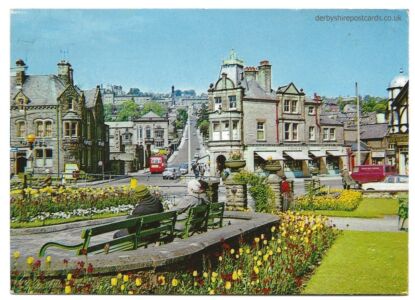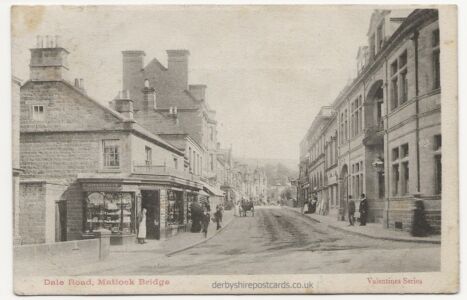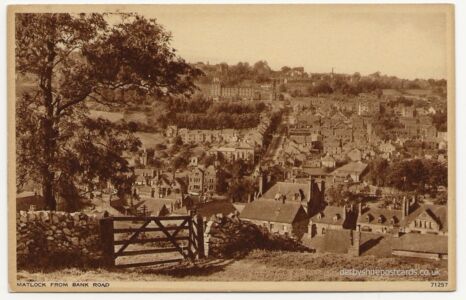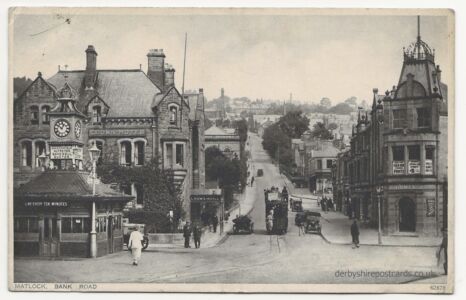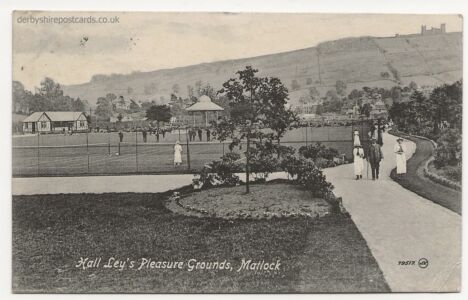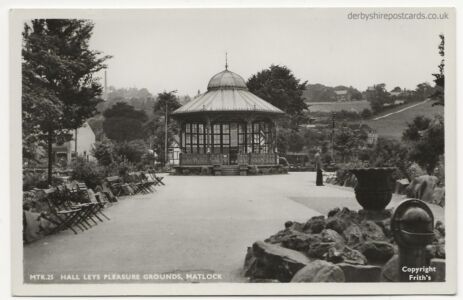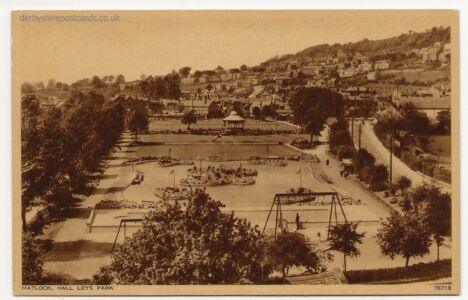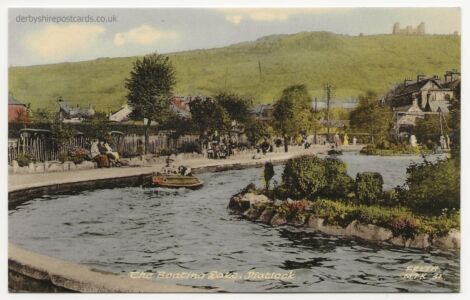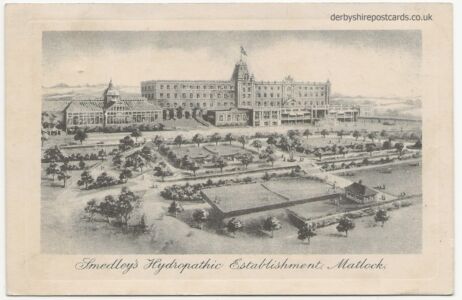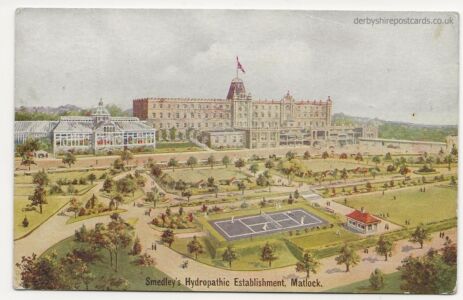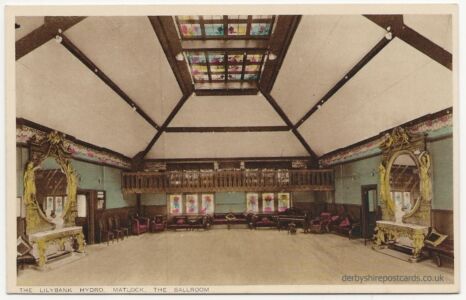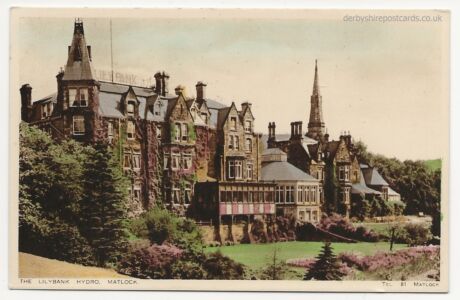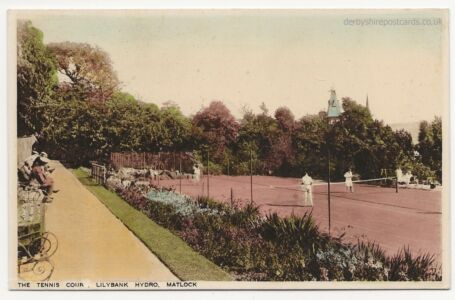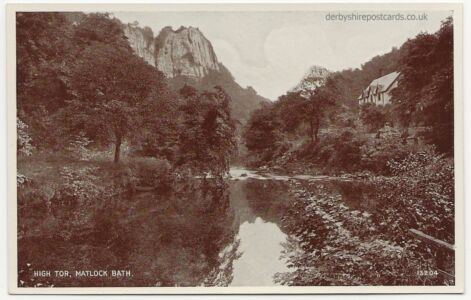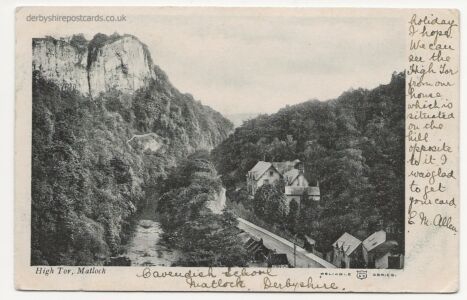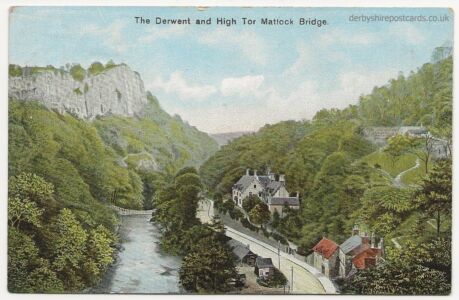Matlock
Some have claimed that the name Matlock derives from the Old English mæthel (or mæðel), meaning assembly or speech, and āc, meaning oak tree; thus Matlock means ‘moot-oak’, an oak tree where meetings are held. In the Domesday Book of 1086 it was recorded as Meslach a hamlet of Mestesford, or perhaps Nestesford. In the 13th century, the fief appears to have been granted to William de Ferrers, Earl of Derby, but was removed from the possession of the De Ferrers family in 1266 upon the attainder of his son Robert de Ferrers, for espousing the cause of Simon de Montford, Earl of Leicester. In 1196 it was named Matlac. It is a former spa town that lies on the River Derwent, and has prospered from both the hydrotherapy industry and the cloth mills constructed on the river and its tributary Bentley Brook.
When thermal springs were discovered in 1698 the population increased rapidly in the 1800s, largely because of the popular hydros which were being built. At one stage there were around twenty hydros, mostly on Matlock Bank, the largest built in 1853 by John Smedley. This closed in 1955, and re-opened in 1956 as the headquarters of the Derbyshire County Council.
Matlock views
Leys Park
Smedley’s Hydro
Lilybank Hydro
High Tor

